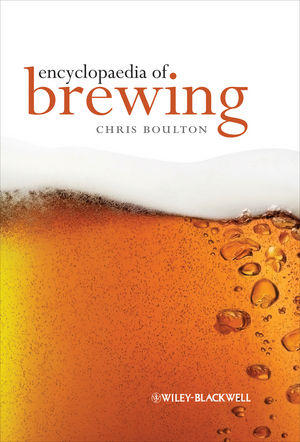How to maximize a warehouse's core assets
Facilities, equipment and personnel vital to beverage operations

The infamous supply chain moniker, with all the definitions, variations, interpretations and applications, has for all intents and purposes replaced the relatively simplistic, old-fashioned production planning and scheduling approach.
However, from an operations perspective, unless core assets — facilities, materials, equipment and personnel — are maximized throughout the supply chain, any one or all can become an obstacle to productivity and cost.
For beverage managers in production or distribution facilities to realize a practical asset return on investment (ROI), each core item should be subjected to a maximized-use role as it functions in the overall operation. To accomplish such an initiative, beverage operators are confronted with major issues that can make the maximizing process complicated, unrealistic, restricted or even impossible.
Nevertheless, it is prudent to establish a philosophy of “getting the most bang for the buck” under any environmental, competitive or economical condition.
In today’s business climate, maximizing core assets is even more challenging than it was 25 years ago. Some assets have become limited, stationary or dormant while others are variable and dependent upon market and economic trends. What can or can’t be done in each category? Some real-time facts can help separate where the maximizing process should be focused.
Facilities
Real estate assets, such as production plants and distribution centers, once in place, are available 365 days a year and serve as housing for beverage operations. The ways to maximize square footage normally depend on capacity/capability, volume throughput, inventory levels and distribution preparation.
Existing facilities with no expansion capability present a scenario in which there is no space to accommodate growth. Unforeseen changes in materials and technology constantly affect how facility space can be effectively maximized. Most beverage operators have experienced the issue and have made innovative adjustments.
New facility planning usually relies on historical data, projected trends and best estimates; therefore, plans must consider and focus on as many practical alternatives as possible because of the risks involved when determining needed operating space and how to utilize it.
Facilities become a stationary asset, depreciated, written off or perhaps given some other financial treatment.
Machinery & equipment
Within each production facility, core assets lie in the supply chain and are represented by machinery and equipment. All raw and packaging materials are converted into a finished product on machinery and equipment, which is why asset utilization is so important for material-conversion operations. Additionally, the core assets must be subjected to a maximization process.
Like the facility, machinery and equipment, once installed, is available for productive use, but managers must determine the frequency and acceptability. Process/production lines exist 24/7 and if they run every hour of every day, theoretically, they would accomplish 100 percent asset utilization; however, this is not always practical, possible or desirable.
Realistically, what this means is beverage operators must establish acceptable levels of asset utilization for various operating conditions in their plants. Such an approach is necessary because products, volume levels and package configurations will dictate the extent to which maximization can be achieved.
Asset planning must focus on real-time operating conditions, such as the number of shifts to be run, the number of hours in each shift, the utilization level expected (tolerated) and the break-even point for a package. These factors are part of the necessary criteria for a setting up an achievement program.
Several approaches have been used with software programs involving models and sets of conditions; however, variability within beverage operations remains a factor and requires application adjustments.
Once the criteria have been established for a plant’s production operating schedule, it is advisable to establish an in-house plan known as maximizing asset utilization (MAU). Because changes can be rapid, complex or specific to a plant, the one-size-fits-all approach might not be appropriate. In addition, a MAU plan can help with beverage competition, SKU aggregation, compliances, environmental restrictions and other related impacts.
Personnel
The people asset perhaps should be first because they are directly involved with operating and maintaining the facility and its contents. However, the facility and machinery/equipment portions of the supply chain dictate where, how and why people are utilized to accomplish necessary tasks for a profitable operation.
Operations managers should ask themselves: How well is personnel utilized and is it maximized under current plant operating conditions?
Maximizing the personnel asset is a difficult and never-ending job. First, needed tasks must be defined and documented. Second, qualifications for the tasks must be established. Third, the types of training necessary for acceptable performance need to be identified.
Unless these basic steps are followed, it might not be possible to maximize personnel utilization to the desired level.
Looking for a reprint of this article?
From high-res PDFs to custom plaques, order your copy today!







